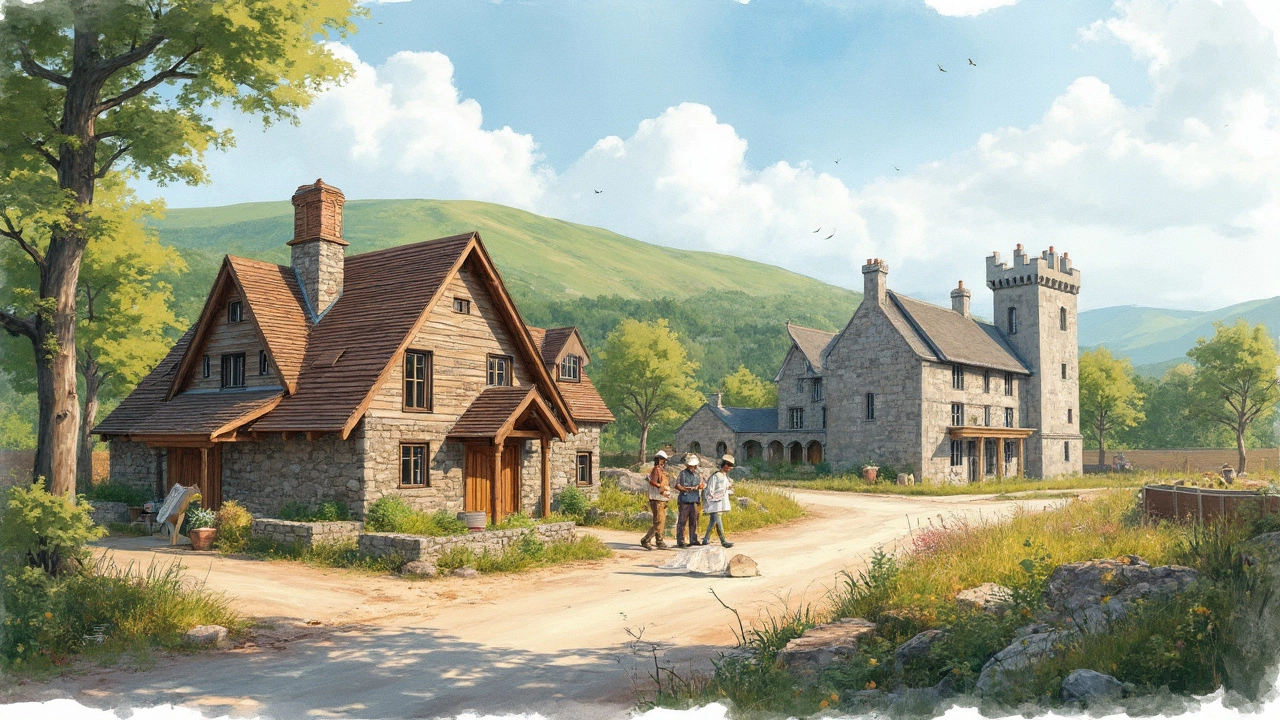Sustainable Building Made Simple: Real Tips for Greener Construction
Thinking about building a house, adding an extension, or even just renovating? You don’t have to become a green‑tech guru to make it eco‑friendly. A few smart choices can cut waste, save energy, and keep the budget in check. Let’s walk through the most practical steps you can start using today.
Pick the Right Materials
First off, the raw stuff you use matters a lot. Look for locally sourced timber, recycled steel, or reclaimed brick. Those options shrink transport emissions and often come at a lower price because you avoid long‑haul shipping. If you need concrete, ask for a mix that includes fly‑ash or slag – it reduces the cement content, which is the biggest carbon culprit in concrete.
Don’t overlook insulation either. Cellulose made from recycled newspapers, sheep’s wool, or hemp batts all provide great R‑values while being renewable. They’re easy to install and keep your home cozy without cranking up the heating.
Design for Energy Efficiency
How a building is shaped can make a huge difference to energy use. Simple tricks like orienting the longest wall to face south (in the Northern Hemisphere) lets you capture natural light and warmth. Add overhangs or shading devices to block summer glare while still letting winter sun in.
Sealing gaps is another low‑cost win. Airtight windows, doors, and proper flashing stop drafts, which means your heating system doesn’t have to work overtime. Pair that with a programmable thermostat and you’ll see lower bills right away.
Consider renewable power sources early on. If you have roof space, solar panels can be installed during construction, saving you the hassle of retrofitting later. Even a small solar array can cover a big chunk of the electricity used for lighting and appliances.
Water efficiency is often ignored but just as important. Low‑flow taps, dual‑flush toilets, and rainwater harvesting for garden irrigation cut down on the demand for fresh water and lower your utility costs.
Finally, think about the building’s lifespan. Choose durable finishes that need little maintenance, and design spaces that can adapt to future needs – a flexible floor plan means you won’t have to gut and rebuild later on.
Putting these ideas together doesn’t require a massive overhaul. Pick one or two changes for your next project and watch the impact grow. Sustainable building is less about a single big decision and more about stacking small, smart moves that add up to a greener, cheaper, and healthier home.

